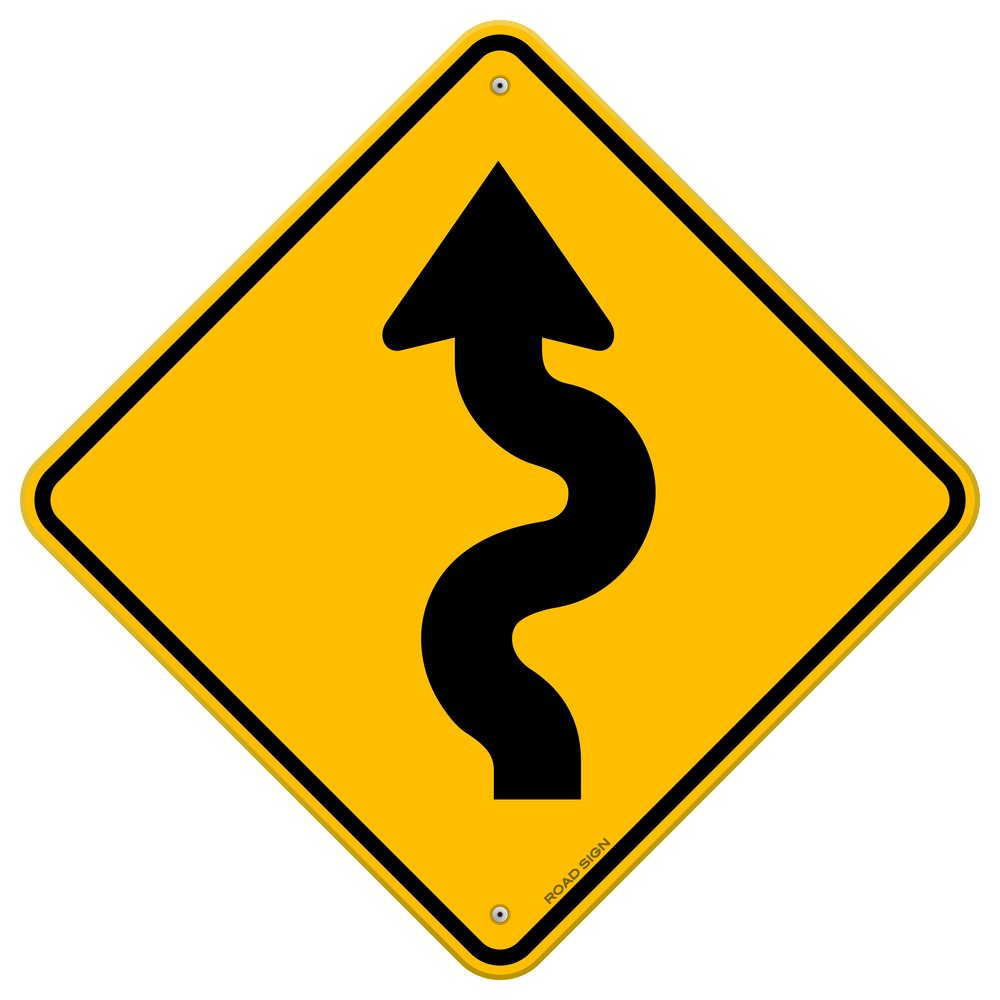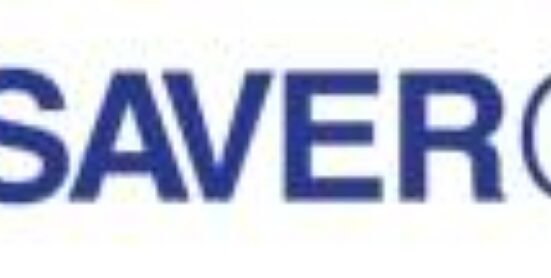“Contour IP Holding v. GoPro is a valuable tool in the continuing development of patent subject matter eligibility. It stands as a counterbalance to a series of post-Alice decisions that invalidated patents for lacking inventive concept.”
While the Alice v. CLS Bank decision has been with us for over 10 years, subject matter eligibility case law still seems to defy predictability. The recent Contour IP Holding case gives us a new data point and another curve on the road. In Contour IP Holding, a patented video streaming technology was initially struck down in the district courts as ineligible, only to be revived by the Federal Circuit in a rare 101 reversal. Standing in contrast to Yu holding those claims to digital photography ineligible, Contour provides insight and an opportunity to save your inventive technology from subject matter challenges.
IP Holding case gives us a new data point and another curve on the road. In Contour IP Holding, a patented video streaming technology was initially struck down in the district courts as ineligible, only to be revived by the Federal Circuit in a rare 101 reversal. Standing in contrast to Yu holding those claims to digital photography ineligible, Contour provides insight and an opportunity to save your inventive technology from subject matter challenges.
I. Subject Matter Eligibility Background
The two-step Alice-Mayo framework has led to the invalidation of numerous patents, particularly in software and electronics, where courts often find that claims recite abstract goals implemented using generic technology. The Federal Circuit’s recent decision in Contour IP Holding LLC v. GoPro, Inc. reinforces this framework but provides specific options for describing and protecting technical improvement. In reversing a district court’s ineligibility finding, the appellate court signaled that claims grounded in technical innovation—even if implemented in software or multimedia systems—will qualify for protection.
II. Contour IP Holding v. GoPro
Contour IP Holding LLC, asserted several patents (U.S. Patent Nos. 8,890,954 and 8,896,694) directed to systems for remote control and live streaming of digital video using a wireless device, often using small, mountable cameras that could be controlled remotely via a smartphone or other wireless device.
GoPro successfully challenged the patents at the district court as ineligible under Section 101. GoPro argued the claims merely described the abstract idea of generating video at differing resolutions, a function that had long existed in various forms and was now implemented using conventional computing technologies.
In finding the claims ineligible, the district court concluded that the claims were directed to the abstract idea of creating two video streams and transmitting the lower resolution stream to a portable device to preview the video content (Step 1), and there was no inventive concept in the claim elements, relying on generic computer and wireless components without describing a new method or improvement to those technologies (Step 2). The court emphasized that nothing in the claims added specificity or solved a technological problem in a novel way. As a result, it invalidated the patents for failing to claim patent-eligible subject matter.
III. Federal Circuit’s Reversal: Identifying Technical Improvements
On appeal, however, the Federal Circuit reversed the district court’s decision, reviving the asserted claims and reaffirming that technical improvements to conventional systems can support patent eligibility.
Writing for the panel, Judge Reyna held that the claims were not directed merely to the abstract idea of generating two video streams, one of which is lower quality, but rather to a specific solution to a technical problem faced by camera systems.
“The functions of receiving, generating, storing, and transmitting video are (without more) abstract concepts…The important part of this functionality—that it generates two streams, one of which is lower quality—does not make it any less abstract”
The Federal Circuit found that:
The claims “thus require specific, technological means—parallel data stream recording with the low-quality recording wirelessly transferred to a remote device—that in turn provide a technological improvement.”
By requiring a specific technical improvement, Contour was able to distinguish over Yu (holding digital photography processing ineligible) as using a camera to record two video streams in parallel was not the same type of approach found to be a long-known or fundamental practice. The claims described how parallel data stream recording and remote viewing could be done in real time, using coordinated components that included a video recording device, a remote control device, a wireless connection, and synchronization mechanisms.
Critically, the Federal Circuit emphasized that these claims were not merely aspirational or result-oriented. Instead, they were technologically specific and implemented a configuration that achieved the stated result in a concrete and non-conventional manner.
IV. How Do You Use Contour to Protect Your Inventions?
The Federal Circuit’s Contour decision offers important guidance for inventors and patent practitioners seeking to navigate the Section 101 landscape. It reaffirms that not all software or multimedia-related inventions are inherently abstract—and that properly drafted claims emphasizing technical innovation can withstand scrutiny.
Here are five strategies drawn from Contour to help protect your inventions:
1. Identify a Technical Problem and Clearly Describe the Technical Solution
At the heart of the Federal Circuit’s decision was the recognition that the Contour patents addressed a technical limitation in existing camera systems—namely, parallel data stream recording and remote viewing.
Tip: When drafting claims and specifications, clearly identify the problem your invention solves and explain how it is addressed technically (e.g., using novel signal synchronization, custom hardware architecture, or user interface adaptations). Any and all expansion on the technical details of the solution improves eligibility. Description of existing solutions and specific improvements likewise help distinguish between ineligible ideas and concrete eligible solutions.
2. Highlight Specific System Architectures
The appellate court noted that Contour’s claims were not vague or result-oriented. They specified a multi-component system and their interactions—camera, remote, wireless connection, and preview function.
Tip: Define interactions between components in a detailed and structured manner. Avoid overgeneralized terms like “computer” or “device” without indicating how each part contributes to the claimed solution. Details on the interaction between components can provide eligibility.
3. Avoid Claims That Merely Automate Known Tasks
Claims that simply describe using a generic computer to do something that people used to do manually (e.g., tracking data, transmitting information) are likely to fail under Section 101.
Tip: Emphasize not just the automation, but how the automation is achieved in a novel way, particularly where performance, speed, accuracy, or other system characteristics are improved. Comparisons to prior solutions and current improvements can help.
4. Include Implementation Details in the Specification
The Federal Circuit was persuaded by the fact that the Contour patents described how the system operated, not just what it accomplished.
Tip: Provide flow diagrams, system architecture figures, and technical discussions that go beyond functional language and detail specific operations. These details can be critical for both prosecution and litigation.
5. Align Claims with Prior Eligibility Precedents
Contour fits squarely with other eligibility-surviving decisions like Enfish, McRO, and Visual Memory, all of which emphasized improvements in computer technology or system architecture.
Tip: When drafting or arguing for patent eligibility, cite favorable Federal Circuit decisions that align factually with your invention’s technical contributions.
A Valuable Tool and Reminder
Contour IP Holding v. GoPro is a valuable tool in the continuing development of patent subject matter eligibility. It stands as a counterbalance to a series of post-Alice decisions that invalidated patents for lacking inventive concept. By focusing on specific improvements to a technological system—and rejecting overly broad views of what constitutes an abstract idea—the Federal Circuit affirmed that Section 101 does not preclude protection for meaningful innovation.
For innovators and practitioners, Contour is a reminder: how you frame your invention matters. It’s not enough to describe what the invention does. You should demonstrate how it does it in a technically improved, non-conventional, and specific way. In the post-Alice era, that’s the difference between patentable subject matter and a lost opportunity.







